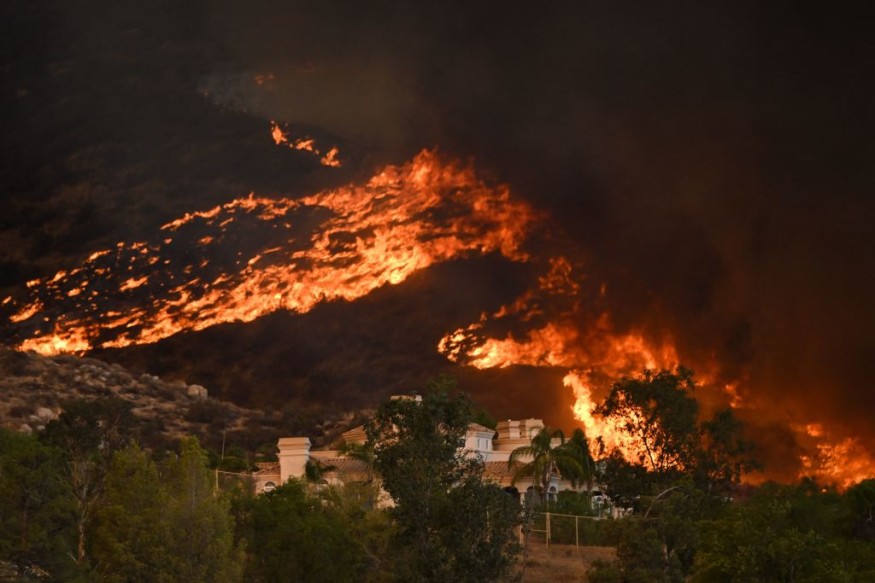Wildfires plaguing the American West have intensified in recent years, emitting hazardous fine particles, causing air pollution, and releasing planet-warming greenhouse gases, according to previous studies.
Federal scientists have warned that Western wildfires, including those from California, are also fueling extreme weather conditions in other states; in addition to their contribution to global warming.
In recent months, American West wildfires had ravaged several states across the region, including California, Washington, and Oregon.
The rapid spread of fire and hazardous smoke coming from it, not only is detrimental to health but is also damaging to the environment and climate. These recent wildfires occurred during a series of heat waves or heat domes, especially during the US summer season.
Western Wildfires

US federal scientists from several peer-reviewed studies have shown that Western wildfires, characterized as "behemoth blazes" in recent years, have significantly contributed to atmospheric pollution and acceleration of the greenhouse effect due to trapped greenhouse gases in the atmosphere, as summarized by Inside Climate News.
Western wildfires increase the intensity of severe thunderstorms over the Central US, according to earth scientist Jiwen Fan from the US Department of Energy, who told The Guardian.
For the first time, the energy department's Pacific Northwest National Laboratory reportedly attributed extreme hail, growing flash flood risk, and dangerous deluge to state like Colorado, Oklahoma, Nebraska, and Wyoming to the Western US.
Fire Weather Conditions
This year alone, US weather authorities issued several weather forecasts and highlighted the dangers posed by fire weather conditions such as hot temperature, soil moisture, wind pattern, air humidity, and among others. These conditions are in favor for triggering and spreading wildland fires, which is especially the case for the Western US.
Fire weather pertains to the said parameters to leverage if whether or not conditions support fire growth and smoke dispersion. This is according to the National Weather Service (NWS), which issues fire weather alerts daily and when situation calls for it. These alerts also warn both the public and concerned local authorities on the measures that needs to be taken in case of a potential or ongoing wildfire.
US Wildfires
According to a report by the Congressional Research Service on October 3, almost 54,200 wildfires have scorched around 6.9 million acres of land across the US this year. In addition, a total of 58,968 wildfires burnt 7.1 million acres of land across the nation in 2021. Between the years 2012 and 2021, the US research body estimated an average of 61,289 wildfires in 7.4 million acres impacted annually.
In recent research, scientists have warned that climate change and global warming can also aggravate the frequency, intensity, and coverage of wildfires across the US. This means that the occurrence of wildfires can become more frequent and stronger, as well as cover a large portion of the country compared in previous years.
US wildfires in previous months led to large-scale evacuations and massive disruption, affecting both residential and commercial establishments, including in Texas, Nebraska, and New Mexico.
© 2025 NatureWorldNews.com All rights reserved. Do not reproduce without permission.





